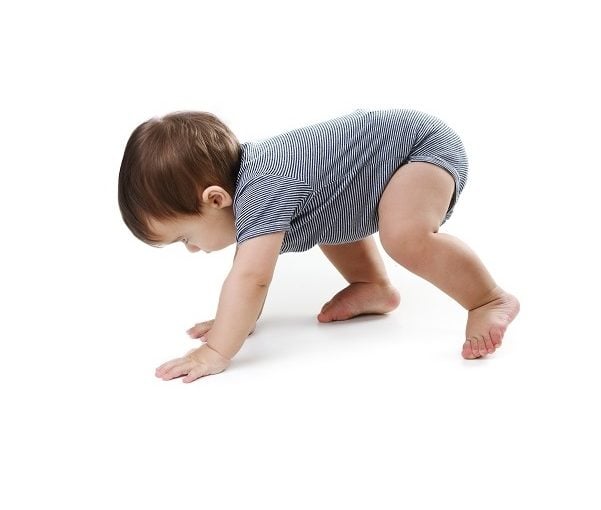Is Baby Walker a Risky Proposition?
Parents often find themselves deliberating over various aspects of child development and safety. One topic that frequently arises is whether baby walkers are a risky proposition. In this article, we will delve into the world of baby walkers, examining their benefits, potential risks, expert opinions, safety guidelines, and alternative methods to promote infant mobility. By the end, we aim to provide a comprehensive answer to the question at hand.
Understanding Baby Walkers
A baby walker is a contraption designed to assist infants in learning to walk. It typically consists of a frame with wheels, a fabric seat, and a tray for toys or snacks. The purpose of a baby walker is to provide support and stability as the child moves around. It enables babies to explore their surroundings independently and experience a sense of mobility.
Benefits of Baby Walkers
Baby walkers offer several potential benefits for infants. Firstly, they encourage mobility and independence at an early stage. By allowing babies to move around, walkers provide a sense of freedom and exploration. Secondly, walkers can aid in the development of leg muscles. The act of pushing off the ground and propelling themselves forward strengthens these muscles, which are crucial for walking. Lastly, baby walkers often feature interactive toys and play elements, offering entertainment and stimulation.
Potential Risks Associated with Baby Walkers
While baby walkers have their advantages, they also come with potential risks that parents should be aware of. The foremost concern is the increased risk of accidents and injuries. Babies in walkers can move at higher speeds, potentially leading to collisions with objects, staircases, or even hot surfaces. Additionally, walkers may provide a false sense of security and lead to a delay in motor skill development. Instead of learning to balance and walk naturally, babies become reliant on the support provided by the walker. This can hinder their progress in acquiring proper walking technique.
Expert Opinions and Research Findings
Numerous studies and research have shed light on the risks associated with baby walkers. The American Academy of Pediatrics strongly advises against their use due to the safety concerns involved. Pediatricians and child development specialists echo these concerns, emphasizing the potential hazards and negative impacts on a child's development.
Safety Guidelines for Using Baby Walkers
If parents still choose to use a baby walker, certain safety guidelines should be followed. Firstly, always supervise the baby while they are in the walker and never leave them unattended. It only takes a moment for an accident to occur. Secondly, ensure that the walker is used on a flat and even surface, away from stairs or other hazardous areas. Regularly inspect the walker for any loose or broken parts, and discontinue its use if any issues are found. Finally, opt for a certified and safety-tested baby walker to minimize risks.
Alternatives to Baby Walkers
Considering the potential risks associated with baby walkers, it is essential to explore alternative methods to promote infant mobility. One such method is tummy time, where babies are placed on their stomachs to strengthen their neck, back, and shoulder muscles. This exercise helps them develop the necessary strength and coordination for crawling and eventually walking. Another alternative is using stationary activity centers or playpens that provide a safe and enclosed space for babies to explore their surroundings. These options not only ensure safety but also encourage natural motor skill development.
Conclusion
In conclusion, the question of whether a baby walker is a risky proposition requires careful consideration. While baby walkers can provide mobility, entertainment, and stimulation, they also come with potential risks that should not be taken lightly. The increased risk of accidents, potential delay in motor skill development, and negative impact on proper walking technique are concerns that parents need to be aware of. Expert opinions and research findings consistently highlight these risks. Therefore, it is crucial for parents to prioritize the safety and well-being of their children when making decisions about using baby walkers.
FAQs
1. Are baby walkers completely banned?
Baby walkers are not completely banned in all countries or regions. However, several organizations and experts, including the American Academy of Pediatrics, strongly discourage their use due to the associated risks.
2. Can baby walkers help my child learn to walk faster?
Contrary to popular belief, baby walkers do not necessarily help babies learn to walk faster. In fact, they may hinder the natural development of walking skills by providing artificial support.
3. What are some safe alternatives to baby walkers?
Safe alternatives to baby walkers include tummy time, stationary activity centers, and playpens. These options allow babies to develop their motor skills naturally while ensuring their safety.
4. At what age can a baby start using a walker?
The recommended age for using a baby walker varies, but most experts advise against using them altogether. It is best to consult with your pediatrician to determine what is suitable for your child's specific developmental needs.
5. How can I ensure the safety of my baby while using a walker?
To ensure the safety of your baby while using a walker, always supervise them closely, use the walker on a flat and even surface, regularly inspect the walker for any issues, and choose a certified and safety-tested product.


